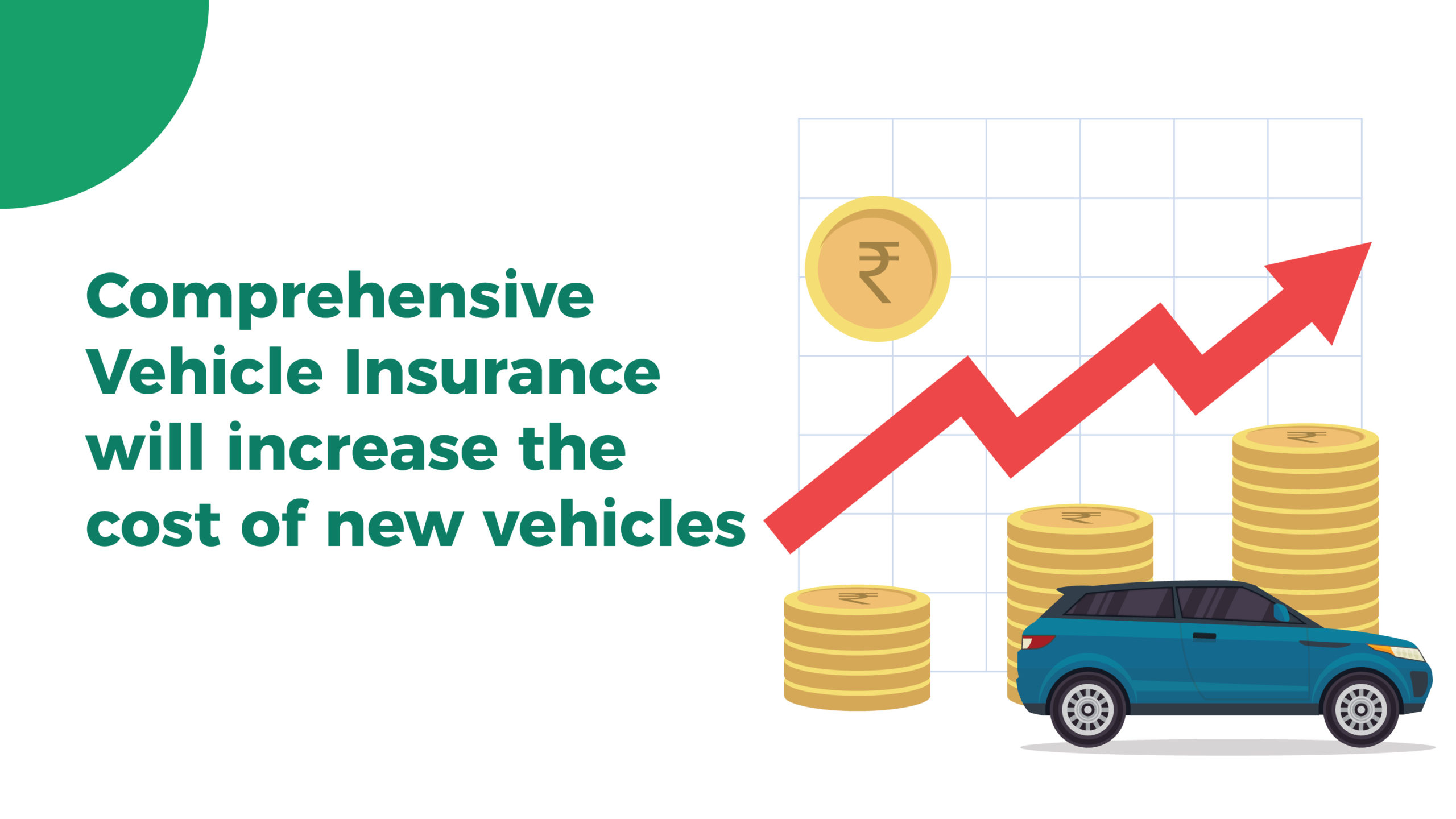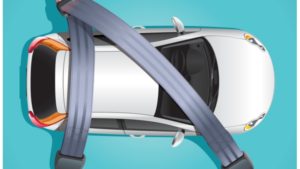
Comprehensive car insurance can be worth every penny, especially in the event of any unforeseen incident happening and your vehicle undergoing severe damage. However, there could be a drastic revamp, albeit in the future, in the car insurance policy designs and design of a new risk model which will enable comprehensive coverage for all new motor vehicles. This could essentially make the cost of your vehicles costlier. Read on to know how this could impact you and your car insurance policy in the future.
What is a comprehensive car insurance policy?
Before we understand the nuances of the possible changes in the car insurance industry and its impact, let’s have a quick look at the key features of the comprehensive policy:
- It will not only cover third parties but still also covers own-vehicle damage and accident cover for co-passengers
- Policies provide coverage against any third-party liabilities and damages of own car due to accidents, man-made, natural disasters including but not limited to vandalism, fire, theft, floods, etc.
- It also covers accidental third-party property damages and physical injuries sustained by the third party
- Provide personal accident cover and often there is an add-on to cover co-passenger accident cover
- Further amplification by the inclusion of medical expenses cover, zero depreciation cover, engine protection, and accessory protection cover
The wide variety of risks covered under this policy can relieve all stress involved with the possibility of incurring expenses due to damage to the car.
Must Read: Vehicle insurance check
The landmark ruling of the Madras High Court:
The Madras High Court ruling in mandatory comprehensive car insurance cover for vehicles was subsequently withdrawn on August 31st (Source Economic Times). But is this the onset to revamp the car insurance industry?
- The Madras High Court had earlier ruled that the dealers should sell vehicles bundled with 5-year comprehensive car insurance cover. These comprehensive car insurance plans should cover the driver, co-passengers, and the owner of the vehicle.
- This could have been added to the vehicle’s upfront cost and the on-road prices of new vehicles could go up. The insurance premium of comprehensive coverage car insurance plans could cost at least 3 times the premiums of third– party insurance and hence could reflect a substantial increase in the cost of the vehicle.
- The car insurance industry estimated that such a change could increase the new vehicle costs by at least 8% – 10% in the future. The volume of claims management is also likely to increase substantially.
This ruling was subsequently put on hold, the General Insurance Council sought 90 days to effect change and sought clarifications on the nuances of this possible change. The Madras High Court put the mandate on hold, the onus is now on the legislators and parliament to bring in this change. It would be interesting to see the advantages and disadvantages of such a move.
Pros of this ruling:
This is a great opportunity for insurance companies in India to penetrate deeper and increase the topline substantially. Until now, only third-party car insurance was mandatory as per the Motor vehicle Act, 1988. By making own-damage and co-passenger accident cover mandatory, the car insurance companies have to brace themselves for much higher revenue and claims management in the future. For the vehicle owner, availing of comprehensive cover will ensure that the out-of-pocket expense in the event of any unforeseen incident is minimal.
The flipside of this ruling:
For an economy that is just stepping out of a pandemic, this mandate may not be completely positive for many. With a rise in premium, the sale of cars could be affected.
The positive angle: However, since it frees you from the worry of any damages done to your vehicle or the passengers; it is actually a positive move; though the upfront cost could rise in the short run.
Final word
The car insurance company is definitely at an inflection point, the car insurance arena could see a substantial change over the next decade. In fact, this change could bring about a positive change in the industry and help to deepen the overall motor insurance penetration.




























